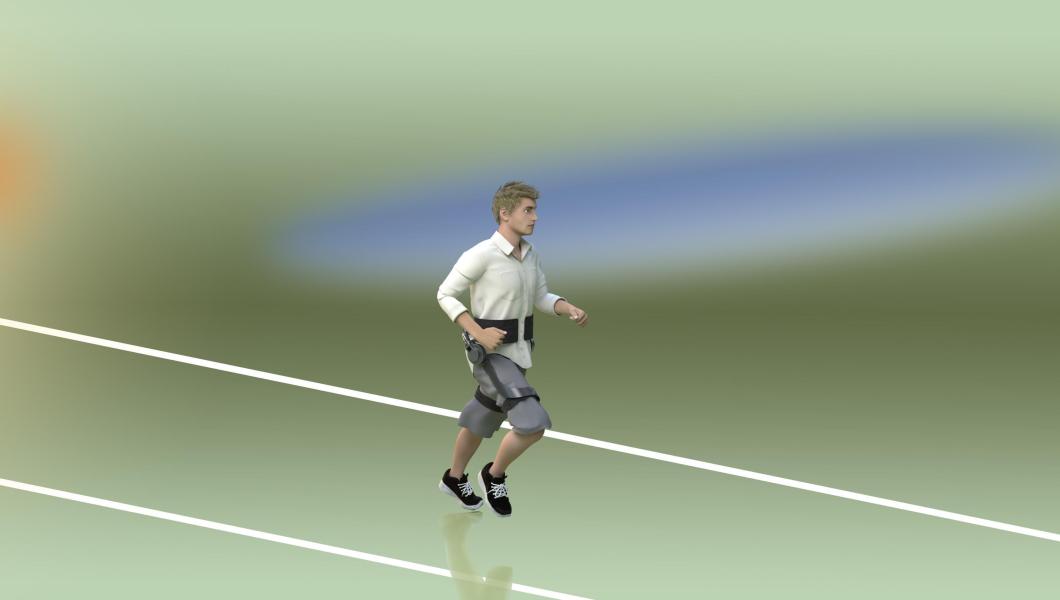Big Bear Solar Observatory Becomes Home to NSF's SOLIS Telescope

NJIT’s Center for Solar-Terrestrial Research and National Solar Observatory announce construction to bring NSF’s SOLIS facility to Big Bear Solar Observatory, paving the way for decades of richer observations of the Sun and explosive space weather events.
NJIT-Center for Solar-Terrestrial Research (CSTR)’s Big Bear Solar Observatory (BBSO) will soon become the permanent home for National Science Foundation (NSF)’s Synoptic Optical Long-term Investigations of the Sun (SOLIS) — the most advanced solar telescope capable of long-term and consistent monitoring of the “Sun as a whole globe” over the complete 11-year solar cycle.
This month, the NSF’s National Solar Observatory (NSO) — the organization that operates the SOLIS facility — and BBSO announced the start of a process to relocate the SOLIS telescope facility from Arizona to the observatory site stationed on California’s Big Bear Lake in the northern San Bernardino Mountains.
Researchers say the addition of SOLIS to Big Bear will give researchers new capabilities to more deeply investigate the long-term changes of the Sun over the course of its 11-year activity cycle, including explosive energy releases in the solar atmosphere such as solar flares and other space weather events that have the potential to severely impact life on Earth.
“This is exciting news that we have been waiting for several years now,” Alexei Pevtsov, NSO associate director said in a statement. “Bringing SOLIS back on-line will enable us to continue exploring how our nearest star evolves and how its changing activity affects Earth. BBSO is a superior site for this program given the excellent relationship between NSO and BBSO and CSTR scientists, as well as BBSO’s well-developed infrastructure and relative closeness to the Inouye Solar Telescope in Hawaii.”
The arrival of SOLIS bolsters world-class observation facilities at Big Bear, which has been at the forefront of solar research since being established in 1969. BBSO is currently home to the 1.6-meter Goode Solar Telescope (GST) — the world’s largest operational solar telescope from 2008 until 2020, when NSF’s 4-meter Inouye Solar Telescope broke first light from its station in Maui, HI. BBSO also hosts one of NSO’s six GONG (Global Oscillation Network Group) facilities located around the world, which provide 24/7 observations of the Sun by capturing sound waves from the star’s interior.
“SOLIS relocation project, once again, represents a successful collaboration between NSO and BBSO/NJIT that has lasted for more than 30 years,” said Wenda Cao, BBSO director and NJIT professor. “Thanks to the long periods of steady, excellent seeing at the BBSO lake-site, SOLIS will supply the most comprehensive observations for solar synoptic research together with the existing GONG.”
Researchers hope to better understand how the Sun’s magnetic fields form and erupt as solar flares and coronal mass ejections by using SOLIS’s unique capabilities to observe and measure intense magnetic fields in the solar atmosphere — specifically the photosphere and the chromosphere. These solar events, which can project energetic particles to nearly the speed of light from the Sun’s upper atmosphere, called the corona, can be powerful enough to upend communications technologies on Earth.
“The synoptic data of SOLIS will be perfectly supplementary to the high-resolution observations performed with the GST at BBSO,” said Cao. “GST and the Inouye Solar Telescope, together with SOLIS and GONG, will provide solar and space science communities with a complete view of solar phenomena on a range of spatial scales from tens of kilometers to the full solar disk, and on time scales from milliseconds to decades.”
The SOLIS telescope encompasses three instruments used for long-term, continuous observations of the Sun — a Vector Spectromagnetograph (VSM) used for recording the strength and direction of magnetic fields in the Sun’s atmosphere; an Integrated Sunlight Spectrometer (ISS) capable of capturing multi-wave images of the entire solar disk; and a Full-Disk Patrol (FDP), which captures rapid sequences of full-disk images with a variety of spectral lines to record dynamic processes (flares) in the solar atmosphere.
According to NSO, the combination of data from these instruments “bridges solar and stellar astrophysics, creating a better understanding of other sun-like stars,” and can also be used by researchers to model the effects of space weather on exoplanets orbiting other stars.
SOLIS was originally located at the Vacuum Telescope building at Kitt Peak National Observatory from 2003 until July 2014, then temporarily moved to the University of Arizona Agricultural Farm in Tucson until October 2017.
Construction of the SOLIS site at Big Bear is expected to be complete by mid-October 2021. The SOLIS facility is expected to resume full operations in 2022. Big Bear Solar Observatory will provide first-year support of SOLIS operation.
For more, visit: https://nso.edu/telescopes/nisp/solis/ and http://www.bbso.njit.edu.

